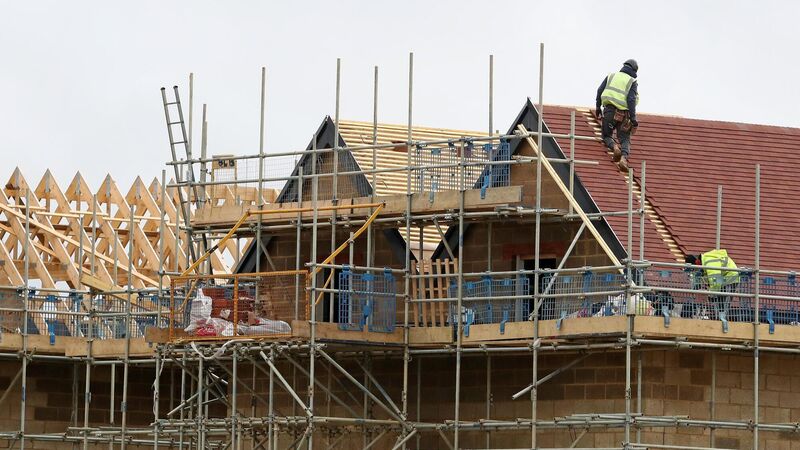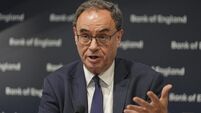Oliver Mangan: House price pressures to remain for a number of years

The Irish residential market needs to deliver a minimum of 30,000 new units per annum to meet estimated annual demand.
The latest official CSO data on residential property prices — as well as other surveys on asking prices — show that the upward trajectory continues to gather pace.
On a monthly basis, prices in July rose sharply — by 1.7% — the strongest monthly increase in four years according to CSO figures. The rate of growth in year-on-year terms has been on an accelerating path since late 2020.
In July, prices nationally rose by 8.6% compared to a year earlier, representing their fastest pace since the third quarter of 2018.
More recent data from property websites suggest that the pace of price growth may be starting to ease, but it remains strong.
The key factor behind the upward pressure on prices is the ongoing shortfall in supply; other contributing factors include the impact from various Government initiatives to help prospective buyers.
The latest mortgage approvals data show strong demand coming from first-time buyers.
However, the supply deficit remains the crucial factor: In short, the Irish residential market needs to deliver a minimum of 30,000 new units per annum to meet estimated annual demand.
This does not take into account the significant pent-up demand.
Only 20,500 units were completed last year, while in 2019, completions totaled 21,000 units, up from 18,000 units in 2018.
There is encouraging news flow though: Housing starts were running at nearly 29,000 units on a 12-month cumulative basis to July and planning permission data also indicate the potential for a strong pipeline.
Secondly, the government’s new housing plan, Housing for All, indicates that a key focus for public policy over the coming years will be on ramping up housing supply.
The plan promises to deliver 300,000 new homes by 2030, with funding in excess of €4bn per annum allocated to the programme.
There are clear challenges in terms of meeting these ambitious targets such as labour shortages and delays in the planning process, as well as material shortages.
Even if the targets are met, it will take a number of years before housing supply catches up.
In the meantime, prices are likely to remain under upward pressure.
- Oliver Mangan is chief economist at AIB










